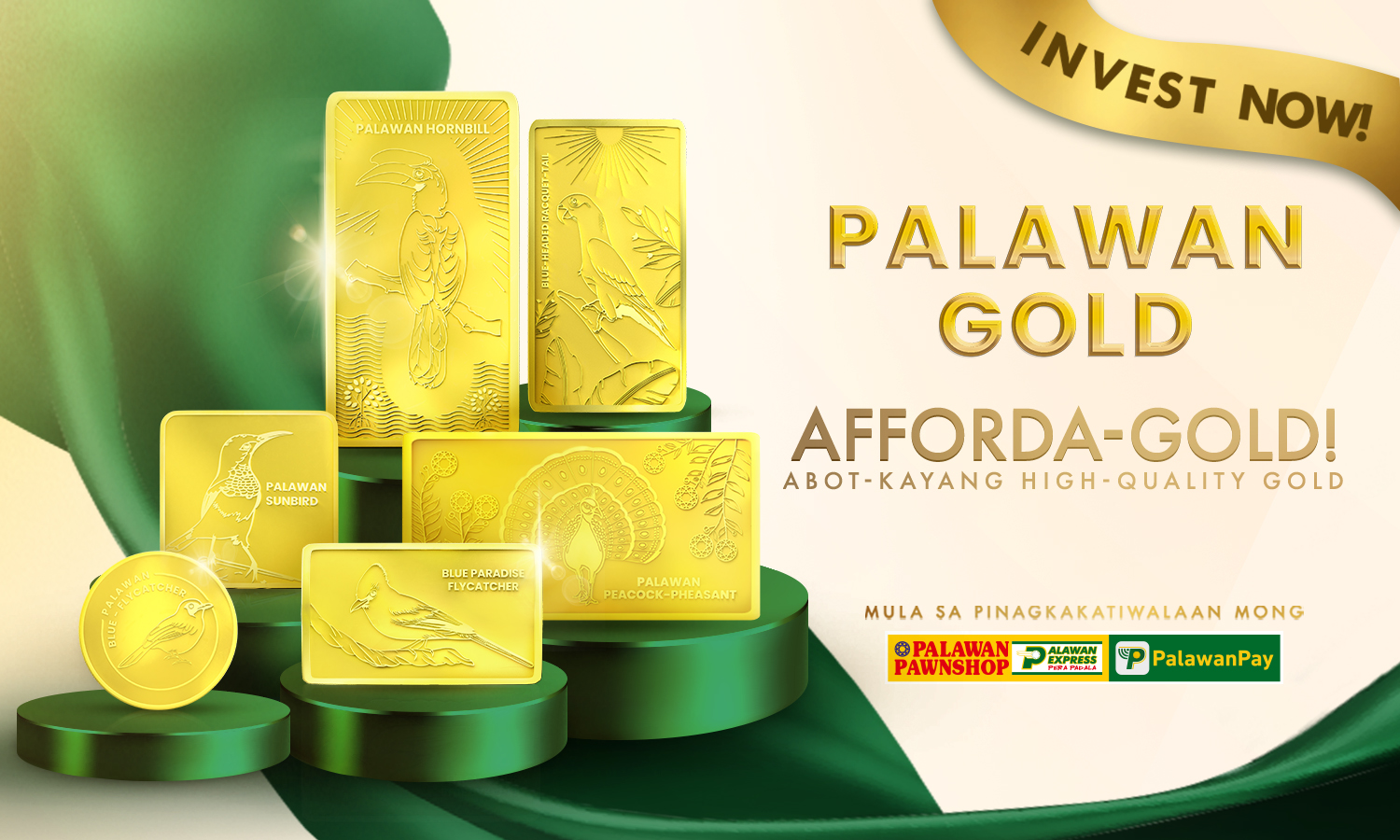The Philippines, with its rich history and vibrant economy, offers unique avenues for investors seeking to diversify their portfolios․ Gold, a timeless store of value, remains a popular choice, especially during times of economic uncertainty․ But where exactly should you invest in gold within the Philippines? This article explores several options, highlighting their pros and cons, to help you make informed decisions and potentially strike gold in your investment journey․ Let’s delve into the world of gold investing in the Philippines․
Understanding the Allure of Gold Investment
Before diving into specific investment options, let’s briefly understand why gold remains an attractive investment․ It’s a hedge against inflation and currency devaluation, and historically has retained its value through economic downturns․
Gold as a Safe Haven Asset
Gold is often considered a safe haven asset, meaning it tends to maintain or even increase in value during periods of market volatility․
Here are a few key reasons why:
- Limited Supply: Unlike fiat currencies, the supply of gold is finite, contributing to its perceived scarcity and value․
- Historical Performance: Gold has historically performed well during times of economic uncertainty, acting as a store of value․
- Tangible Asset: Unlike stocks or bonds, gold is a tangible asset that you can physically hold․
Different Avenues for Gold Investment in the Philippines
The Philippines offers various avenues for those looking to invest in gold․ Let’s explore some popular options, from traditional methods to more modern approaches․
Buying Physical Gold: Bars, Coins, and Jewelry
One of the most straightforward ways to invest in gold is by purchasing physical gold․ This can include gold bars, coins, or even jewelry․
Here’s a quick comparison:
| Investment Type | Pros | Cons |
|---|---|---|
| Gold Bars | Highest gold content, often the purest form․ | Requires secure storage, susceptible to theft․ |
| Gold Coins | Easier to store and trade than bars, potentially collectible value․ | Premiums over spot price, counterfeiting risks․ |
| Gold Jewelry | Wearable asset, aesthetic appeal․ | Lower gold content (alloyed with other metals), high markups․ |
Gold Mining Stocks and ETFs
For investors looking for indirect exposure to gold, investing in gold mining stocks or Exchange-Traded Funds (ETFs) can be an option․
Fact: Gold mining stocks offer leverage to the price of gold, meaning their prices can fluctuate more dramatically than the price of gold itself․
Gold Certificates and Digital Gold
Gold certificates represent ownership of a specific amount of gold stored in a vault․ Digital gold allows you to buy fractions of gold securely online․
Consider the following options:
- Gold Certificates: Offered by some banks, providing proof of ownership without physical possession․
- Digital Gold Platforms: Emerging platforms that allow you to buy, sell, and store gold digitally․
FAQ: Investing in Gold in the Philippines
Still have questions? Here are some frequently asked questions about investing in gold in the Philippines․
Q: What are the tax implications of investing in gold in the Philippines?
A: Capital gains taxes may apply to profits from selling gold․ Consult with a tax professional for personalized advice․
Q: Where can I buy physical gold in the Philippines?
A: Reputable jewelry stores, pawnshops, and authorized gold dealers are common sources․
Q: What are the risks associated with investing in gold?
A: Price volatility, storage costs (for physical gold), and the risk of counterfeiting are potential concerns․
Q: How much capital do I need to start investing in gold?
A: You can start with small amounts, especially with digital gold platforms․ Physical gold purchases may require a larger initial investment․
Q: Is it better to buy gold coins or gold bars?
A: It depends on your goals and risk tolerance․ Gold bars typically offer the purest form of gold, while coins may have collectible value․

